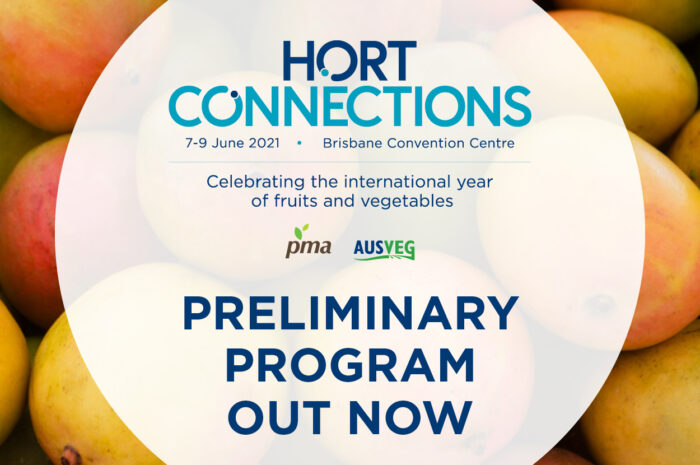Australia’s horticultural production is valued at over $12.0 billion and employs 50,000 rural and regional Australians. Horticulture exports were valued at over $2.2 billion in 2016-17.
See below the new initiatives that were announced in the Federal Budget 2019-20. It is good to see the horticultural sector receiving some overdue attention by the Federal Government.
Enhancing Australia’s Agricultural Trade
The Government will invest $29.4 million over four years, commencing in 2019-20, in a further package of measures that will continue to strengthen Australia’s agricultural export trade.
The package comprises:
• $11.4 million over four years to support the further development of an internationally competitive and profitable horticulture sector by continuing work on horticulture market access and improving access to plant genetics and propagative material for Australian growers to promote competitiveness and sustainability;
• $6.8 million to continue the Agricultural Trade and Market Access Cooperation (ATMAC) program from the Agricultural Competitiveness White Paper for a further four years from 2019-20. ATMAC has successfully funded industry for cooperation projects that break down technical barriers to trade for exports;
• $6.1 million to extend the Package Assisting Small Exporters to 2020 to assist eligible small exporters to improve their market access. This funding builds on the Government’s 2013 election commitment that provided $15.0 million over four years for projects to improve market access for small exporters.
• $5.1 million over four years to work with industry and importing countries to minimise the impact of non-tariff measures (NTMs) that can act as a barrier to achieving market access into some high-value export markets. The measure will also deliver up to 11 sector-specific reports to identify and prioritise NTMs that restrict market access or form barriers to the export trade.
Australia’s Indo-Pacific Engagement—Enhanced Engagement in Asia
The Government is investing $9.5 million over four years, starting in 2019-20, to strengthen cooperation between Australia and China on agricultural trade and food safety regulation. This work will support Australian farmers and deepen Australia’s long-term engagement with our largest market for agricultural, food, fisheries and forestry exports.
This program is part of a broader package of initiatives, led by the Foreign Affairs and Trade portfolio, to strengthen Australia’s economic and cultural engagement in the Indo-Pacific region, including with China.
National Agricultural Workforce Strategy
The Government will invest $1.9 million over four years, beginning in 2019-20, to develop a National Agricultural Workforce Strategy.
National Leadership for Agricultural Innovation
The Government is committing $2.9 million over three years, starting in 2019-20, to establish an advisory panel to drive national leadership of agricultural innovation and to better promote transformational, cross-commodity research and development to boost productivity and support long-term jobs in the agriculture sector.
However, it is not all good news.
Horticultural importers will likely be further impacted by poor and worsening levels of services for imports as the budget announces a 5 % reduction in average staffing levels.
The Department of Agriculture and Water Resources are set to collect over $399 Million in 2019-20 (up to $415 Million in 2022-23) for the provision of quarantine, inspection and certification services for passengers, cargo, mail, animals, plants, and animal or plant products arriving in Australia; and agricultural products exported from Australia. Despite significant increases in the volume, complexity and biosecurity risk of inbound trade the Federal Budget has made not provision for an expansion of the workforce (staff available for this task).
Demand for import inspections on-shore for fresh produce are set to increase 5-fold with the removal of the offshore preclearance inspection program, and limitations of DAWRs service delivery will be further compounded by the increased workload presented by the expansion of BMSB seasonal measures that will increase the surveillance task by approximately 15% in 2019-20.
As the unwilling provider of vital trade services, DAWR believe that IT solutions will be the solution to all of their problems and have announced significant further investments in this area. This is of little direct benefit to those who remain on the phone day in, day out trying to secure inspections for imported produce.
AHEIA continues to work with our major trading partners to advocate for the restoration of the offshore preclearance programme.
More budget news from www.freshplaza.com : Click here
Related News & Updates
Become a Member
Join AHT
We’re the peak industry body for Australian Horticulture Trade. Joining AHT helps us advocate for you & the greater good of the industry.
Benefits OF joining
- Representing you, monitoring developments and potential threats to imports & exports
- We work on your behalf on solutions & opportunities to facilitate and maintain trade
- Be kept up to date with important issues affecting horticultural imports & exports


